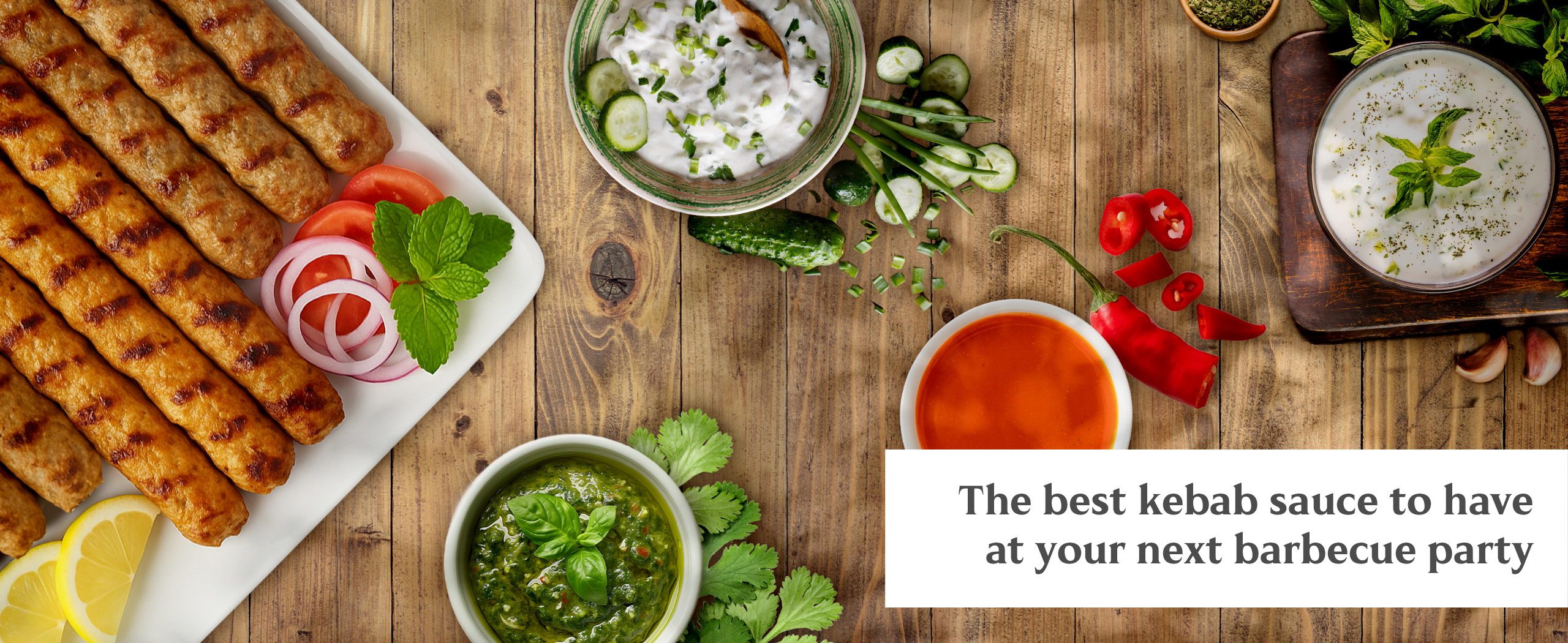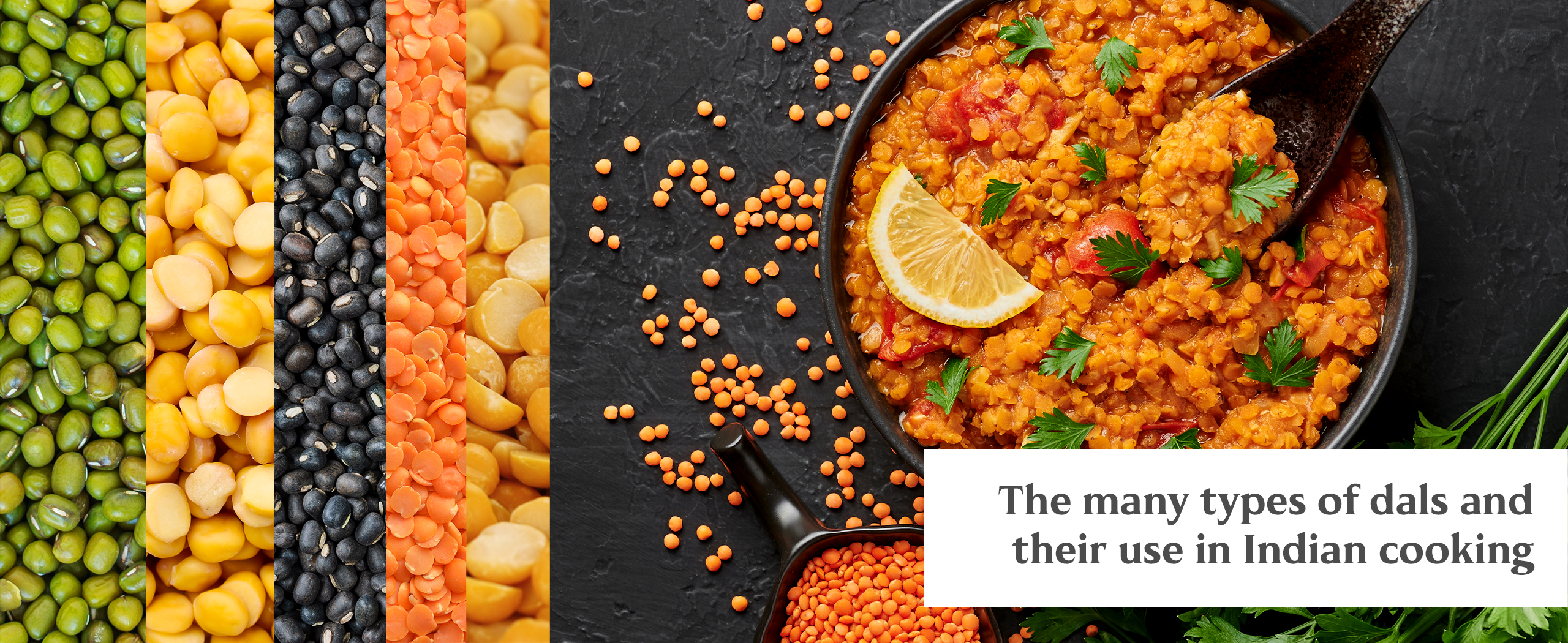As Ramadan rushes by in a flurry of worship, communal prayers, and shared iftars, it won’t be long before Eid is upon us. The much-awaited festival marks the end of the ‘month of fasting’ and is one of the two religious occasions the entire 1.9 billion Muslim population scattered around the globe celebrates. While some traditions are common, the sheer diversity of local cultures makes Eid celebrations anything but ordinary.
Let’s see what Eid al-Fitr symbolizes and signifies, and how Muslims in different parts of the world enjoy the festive religious occasion in the context of their local cultures.
Eid-al-Fitr: A festival of thanksgiving and sharing
Eid al-Fitr marks the end of Ramadan and is celebrated on the first day of Shawwal (the 10th month of the Islamic lunar calendar). Since the Islamic calendar follows the moon’s journey through its phases, Eid al-Fitr does not fall on the same day of the Gregorian calendar each year like Christmas. Rather, by the Gregorian calendar, it falls 10-11 days earlier every year.
As a religious festival, Eid is a time to thank Allah for the blessed month of fasting and extend Ramadan’s spirit of communal sharing and giving to this joyous day. The day obligates Muslims to attend the communal Eid prayer and give charity known as Zakat ul Fitr or Fitra to help the poor celebrate the occasion. Giving gifts and sharing food with the underprivileged in the community is also a common Eid tradition – the intention is to make them feel loved and remembered.
Eid-al-Fitr festivities begin the night before when the new moon is sighted – this alone is enough to kick off the celebrations. The night is filled with a super-spree of pre-Eid day shopping, and people celebrate over food after a month of fasting. Everyone is in a jubilant mood, children and adults alike. Joy is in the air, with people wishing each other the best. Homes are decorated and adorned with fairy lights, and homemakers start to prepare sweet and savory dishes for the Eid morning. The nighttime is filled with shopping sprees to ensure everything is in perfect order for the next day. The bazaars (markets) overflow with people gearing up for Eid day and are open till late.
Eid celebrations: Religious and cultural traditions
The religious traditions marking Eid celebrations are common to all Muslims as these were practiced by the Prophet Muhammad (PBUH) on the day. For instance, wearing your best clothes and perfume, attending the Salat al-Eid (prayer specific to Eid-al-Fitr), and giving the obligatory charity. However, Muslim communities worldwide add their local spin to the Eid celebrations making each a unique depiction.
In countries with a dominating Muslim population, Eid is an especially grand affair. It is “officially” enjoyed with zealous celebrations lasting more than one day. In these countries, not only homes, but state and public buildings are decorated with fairy lights, and people are allowed time off work with 2-3 public holidays.
The day starts with the Salat al-Eid before people engage in Eid day activities that primarily revolve around socializing. Families and friends exchange gifts – a common tradition that is an absolute kid favorite. Family members living in different parts of the country or abroad visit their patriarchal homes. Many families plan their annual holidays around Eid-ul-Fitr. Visiting the graves of the deceased is a common practice on this occasion in many Muslim cultures, especially in South Asia, as a mark of remembrance.
Henna tattoos or Mehendi applications are popular traditions among women in South Asian, Middle Eastern, and North African cultures. Wearing bangles is also an integral part of the Eid culture in South Asia.
In the Afghan culture, campfires are set around houses where everyone comes together to celebrate the occasion. Celebratory fires with rifles are common. In most other cultures firecrackers are used instead to symbolize the festive spirit.
Eid celebrations: The culinary traditions
Food is a big part of Eid celebrations in all Muslim cultures, and sweet dishes are a special feature of the Eid menu just about everywhere.
The beloved Eid food in South Asia
In South Asia, vermicelli pudding is a popular morning sweet dish. Indian and Pakistani Eid menus feature sivayyan (rice or wheat vermicelli cooked in sweet milk with spices like the cardamom), and Sheer Khurma (butter-toasted vermicelli cooked in sweet milk with nuts). The Sheer Khurma is a favorite across Central Asia too. The popular Eid day morning-sweet dish in Bangladesh is Shemai, which is again vermicelli-based and cooked in sweet milk with nuts but served with sides like the paratha. Kheer (rice pudding with a healthy dose of dried fruit) is another popular sweet dish enjoyed on Eid in Pakistan. Popular savory Eid dishes in the region include kebabs, biryani, pulao, and cultural curry delicacies.
For the Afghan palate, Eid celebrations are incomplete without the sweetness of Jalebi, the tanginess of the chickpea salad Shor Nakhod, and the traditional stuffed savory flatbread Bolani.
Eid dishes in the Middle East and the Levant
In the Middle East and the Levant, fruits, dates, and coffee are common Eid Day offerings at gatherings.
Eid dinners are popular in Bahrain – the menu features popular rice dishes Quzi or Machboos, and a sweet Halwa for dessert among many other favorites. Eid breakfast is diverse in Saudi Arabia, but sweets and Saudi coffee are favorites everywhere. Elaborate Saudi Eid menus include Jareesh (grain porridge with lamb), Al Qursan (flatbread), Basbousa (semolina cake), Shakshuka (the North African tomato-egg stew), Ad-Debiyaza (apricot dessert), Kabsa (rice dish with meat), Falafel, and more. Shuwa (slow-cooked lamb) is a popular Eid meal with coffee in Oman. Yemen loves to enjoy Eid with Bint-al-sahn, a buttery-rich layered pastry, garnished with black cumin and served with honey.
In Iraq lamb dishes served with rice and nuts, and the Middle Eastern cookie Kleicha are popular Eid foods. Ma’amoul and Kahk are the cookie favorites on Eid Day in Palestine, Jordan, Syria, and Lebanon. Ma’amoul is a butter cookie made from semolina flour filled with dried fruits, figs, dates, and nuts. And Kahk is an Egyptian biscuit loved by the Arabs – covered in sugar, it is served plain or stuffed with ingredients like dried fruits, nuts, or dates.
Popular Eid foods in other Muslim cultures
- Persians love to savor kebabs, pulao, and koobideh on Eid
- Uzbekistan in Central Asia celebrates with traditional pastry kush-tili and a rice or wheat-based dish called plov – the plov is cooked in broth with spices, and vegetables or meat. Different versions of fried dough food are also popular across the region.
- In Tunisia, Baklava tops the list of special sweet dishes for the day.
- The Morrocan Eid menu features Couscous and skewered lamb or beef dishes.
- In Southeast Asia, Muslim-dominated Indonesia and Malaysia celebrate Eid with popular dishes like ketupat (rice cakes packed in a woven leaf pouch), and rendang (spicy meat dish).
- And, if we move towards Europe, we see the Turkish Eid sweet delights like Baklava, the marshmallow-like Lokum, and the unique Güllaç.
In Europe and the Americas, like other parts of the world where Muslim populations are primarily immigrants, they bring their unique culture to paint a beautiful picture of harmony and togetherness – traditional cuisines adorn Eid menus adding to the distinctiveness of the festivities.
Complete your Eid celebrations with Kaiser & Colonel Kababz
Kaiser Foodline brands, Kaiser & Colonel Kababz, are the ideal choice for any Eid menu for Muslims celebrating the day in the U.S. You can enjoy diverse flavors – from rich South Asian delicacies to the mildly spiced Mediterranean foods – with quality Zabiha Halal options suitable for any time and palate. The best part is you won’t need to invest time and effort to set up the Eid Day table – we prep, cook, and preserve the flavors for you to put on the plate in minutes.
Take your pick from Eid faves like shami and seekh kebabs, crispy and meaty and handmade vegetarian samosas, snacks like the fully cooked Falafel, spring rolls and puff pastries, and Indian curries like Butter Chicken, Tikka Masala, Haleem and more.



